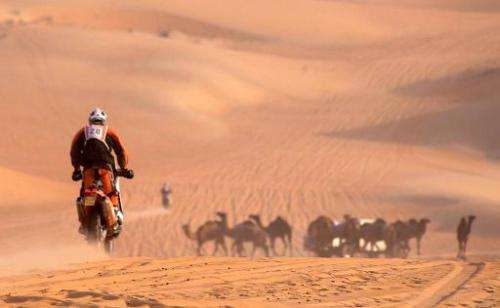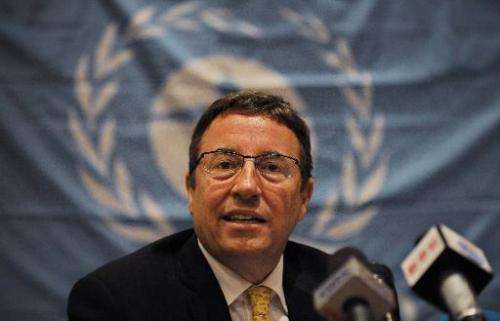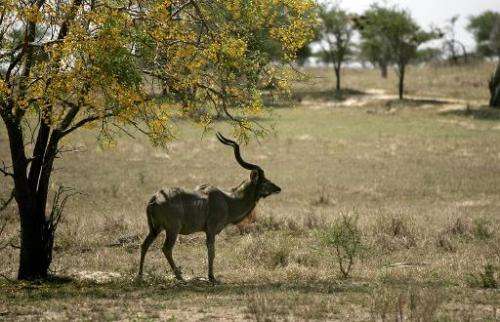Nature reserves on the rise but funds lacking: UN

Vast areas of land and sea have become environmental sanctuaries in recent years but the world is not funding them adequately, the United Nations warned Thursday.
The United Nations Environment Programme (UNEP) said that countries were on track to meet targets to protect 17 percent of land and 10 percent of marine areas by 2020.
With more than a million square kilometres (386,000 square miles) made protected zones in the past two years, "the physical coverage aspect of the target is likely to be met," it said in a report.
But more needed to be done to ensure "protected areas are appropriately located in areas important for biodiversity and ecosystem services, are effectively and equitably managed and are well-connected".
The warning comes as thousands of delegates attend this week's World Parks Congress in Sydney to lay out a global agenda for protected areas over the next 10 years.
The UNEP, citing a 2012 estimate, said US$76.1 billion was needed each year to effectively establish and manage the world's protected areas.
UNEP Executive Director Achim Steiner said taking care of sanctuaries was critical to tackling climate change and supporting biodiversity.
"This report shows that the will to do so is present," Steiner said in a statement.

The UN agency estimates that 15.4 percent of land and inland water areas and 3.4 percent of the world's oceans—a total of 32.6 million square kilometres—are now protected areas, an increase of 1.6 million square kilometres since 2012.
Some of the world's largest sanctuaries on land include Northeast Greenland National Park in Greenland and Rub'al-Khali in Saudi Arabia.
But the report warned that only 0.25 percent of the high seas—open ocean outside territorial waters—was currently included, "highlighting the urgent need to overcome challenges in establishing such areas where national governance systems do not exist".
A further 2.2 million square kilometres of ocean within national jurisdictions and 21.5 million square kilometres of the high seas need to be protected to meet the 2020 goals, which were outlined at the Convention on Biological Diversity's last meeting in Japan in 2010.
'Need to make economic case'
The International Union for Conservation of Nature (IUCN), organisers of the World Parks Congress, said the economic benefits of increasing funding to protected areas—which can serve not just as tourism sites but also as sources of food, water and shelter for people—needed to be made.
"If one actually conducts an analysis of funding needs for protected areas around the world, it's actually a surprisingly modest sum that we are talking about... a tiny fraction of GDP that could be allocated to such a function," the IUCN's global protected areas programme director Trevor Sandwith told reporters.

"If you ask the question, why isn't that happening? Mostly because we're not making the economic case. If and when we do, we see a complete change in policy."
The IUCN said in a separate report also released Thursday that more than 60 percent of sites that have been World Heritage listed were "likely to be well conserved over time". There are 228 natural World Heritage sites globally.
But the World Heritage Outlook report cautioned the remaining sites faced critical threats such as invasive species, impact of tourism, poaching, dams and logging.
Eight percent of the sites, or 19 areas, were assessed as "critical", including Tanzania's Selous Game Reserve, which has been hit by poaching, and Mexico's Monarch Butterfly Biosphere Reserve, the IUCN said.
The parks congress is being held in Sydney from 12-19 November, and involves up to 5,000 scientists, politicians, activists and business leaders from more than 160 nations.
Several nations attending the forum have announced new measures to increase or better manage protected areas, including host Australia, which said it would ban the dumping of dredging waste in most of the Great Barrier Reef.
Gabon said Wednesday it would create a new marine protected area network covering about 23 percent of its territorial waters and exclusive economic zone. It had previously only protected one percent of its marine area, environmental group the Wildlife Conservation Society said.
© 2014 AFP

















